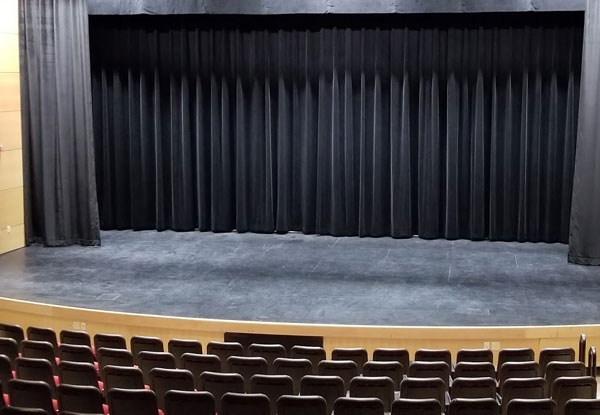
Fire Safety on Stages is a real issue. Fires at events are responsible for some of the worst fire related disasters on record. Textiles are highly flammable, add the presence of hot lights, props, and pyrotechnics greatly increases the risk of fire. To prevent this from happening in the future, we have developed regulations designed to protect us from fires in theaters, schools and event venues. However, regulations cannot be successful in saving lives if they are mostly ignored.
Regulatory Summary
There is no national codes, as a result there is a patchwork of regulations, administered at the local state or provincial level. Typically, fire codes reference National Fire Protection Association Standards (NFPA) which sets the standards in North America. In Europe, there is an EU and British Standard. Some states, notably New York and California, have implemented a higher level of standard than that set out by the NFPA. Also, individual venues, or school boards may have set their own standards as they relate the textiles and their flammability.
Typically, regional state/provincial Fire Code follows the guidance of the NFPA, when it comes to textiles.
For textiles, the Fire Code requirements can be summed up as:
WHAT: Drapes, curtains, netting, and other similar or decorative materials, including textiles and films used in buildings
WHERE:- Assembly Occupancies: Generally considered any room which has occupancy greater than 100. Most public spaces: schools, churched, theaters, auditoriums.
- Hallways & Exits: In Any Public Building
- Healthcare: All healthcare facilities
- New Drapes: NFPA 701 in the US, CAN/LAN S-109 in Canada
- Existing Drapes: NFPA advises that flame proofing treatments shall be renewed as often as required to pass NFPA 705
- Wall Coverings: NFPA 265
- Furniture: NFPA 260, 261, TB-117
- Existing Drapes: NFPA advises that flame proofing treatments shall be renewed as often as required to pass NFPA 705. Some jurisdictions require flame retardant re-application every 3 or 5 years.
- Typically, all stage draperies require servicing every three to five years to maintain their flame retardant properties and warrantee. IFR drapery can be cleaned only to remove combustible dust, FR drapery requires cleaning and re-application of flame retardant.
Just because your local fire inspector has never asked before, don't assume you are covered. Fire Inspectors are increasingly adding textile and stage drapery flammability to their inspections enforcing the regulations.
Types of Stage Drapery Fabrics
There are two types of flame retardant fabrics, Inherently Flame Resistant (IFR), and Flame Resistant (FR). IFR drapes are made of a patented material which has flame retardant woven into the fabric itself. As a result, it does not wash out, however, IFR drapes do require regular cleaning as dust is flammable and can cause IFR drapes to fail flame testing. This fabric is considerably more expensive and does not have the same aesthetic appeal or light & sound absorption as traditional drapery fabrics.
Stage Drapes manufactured from natural fibers such as cotton are typically treated with flame retardant at the mill. The flame retardants work by coating the flammable fabrics with a mineral based barrier, preventing fire from reaching the fibres. However, if drapes have become wet or have been washed or dry cleaned, the flame retardant properties will have been removed. Non-immersion drapery cleaning is the only method of cleaning drapes which will not remove the flame retardant properties.
Summary
When it comes to fire safety, proactive is the only way to go. Be sure to include Flammability Testing of all stage drapes, decorative materials and props into your annual safety inspection regime. Not sure if your drapes are in compliance? Contact On-Site Drapery Cleaners today to arrange NFPA testing of your drapes.

